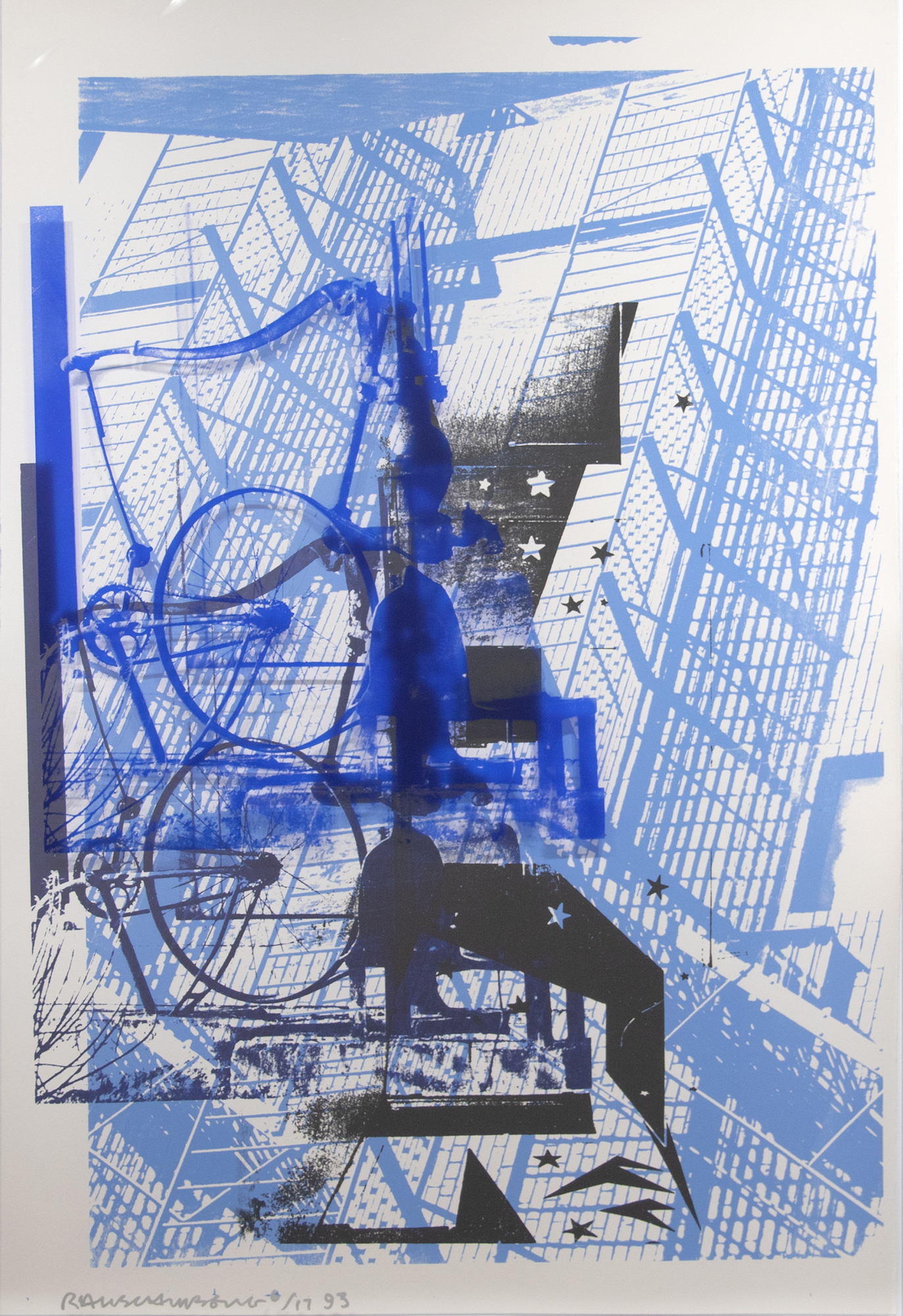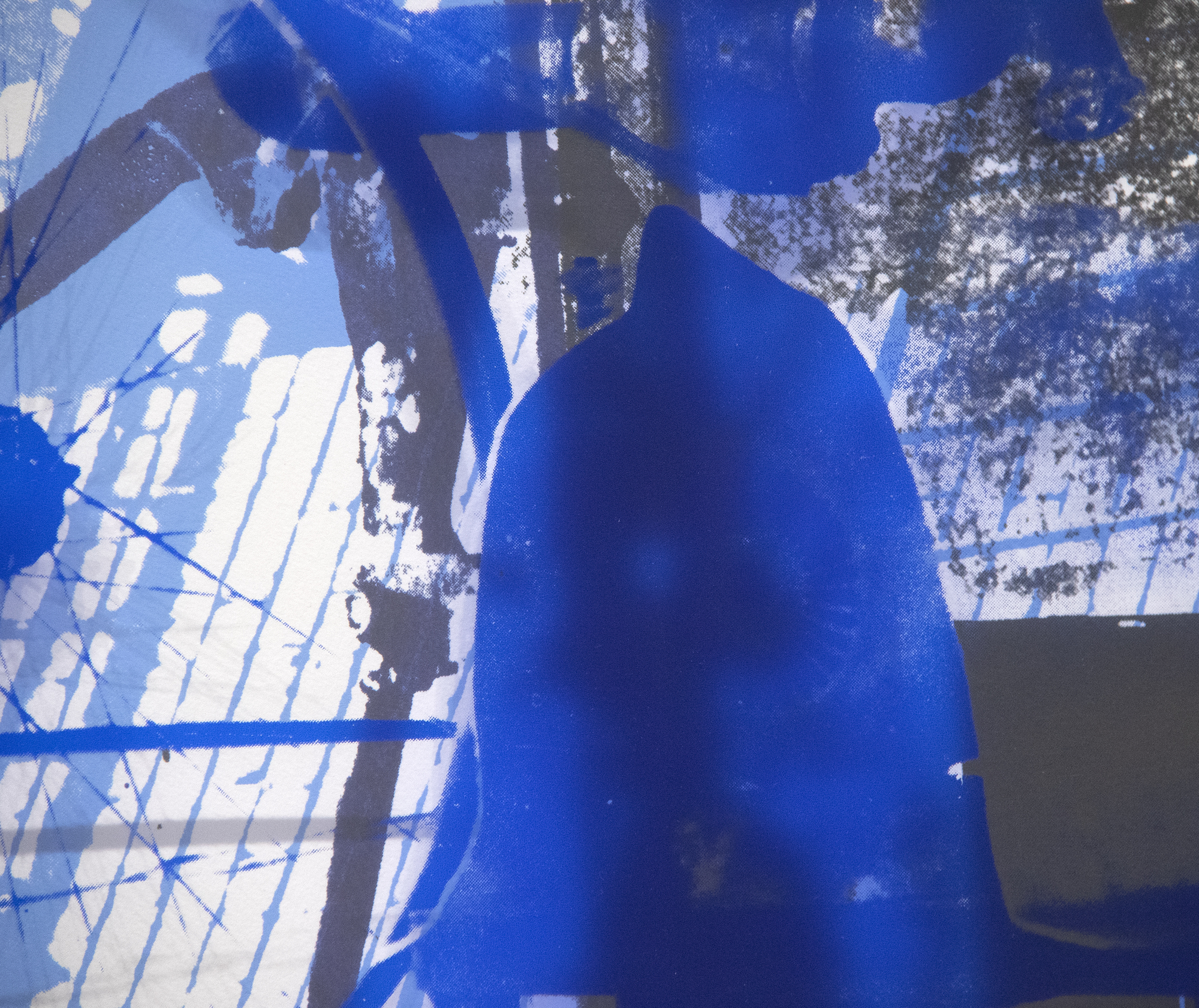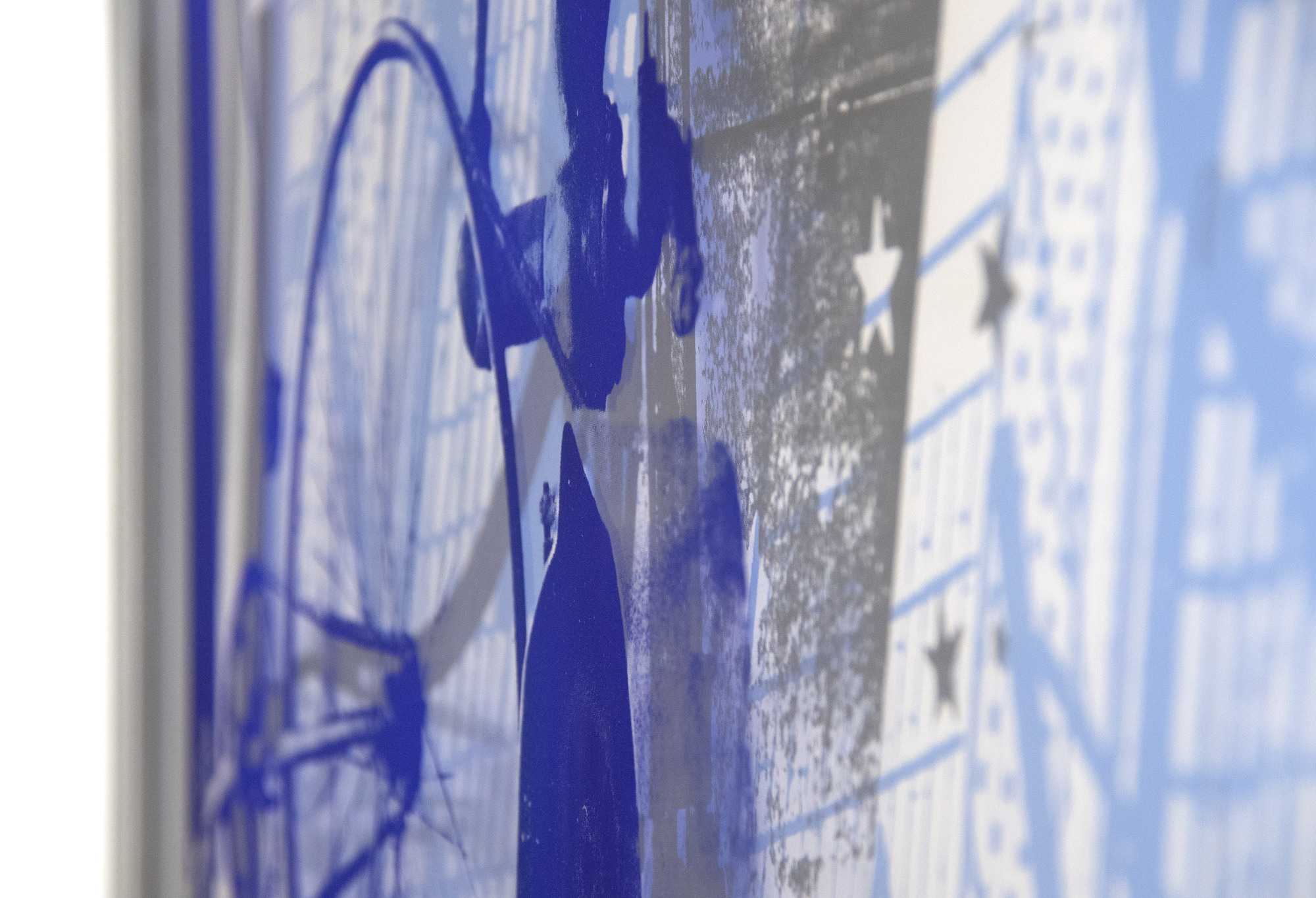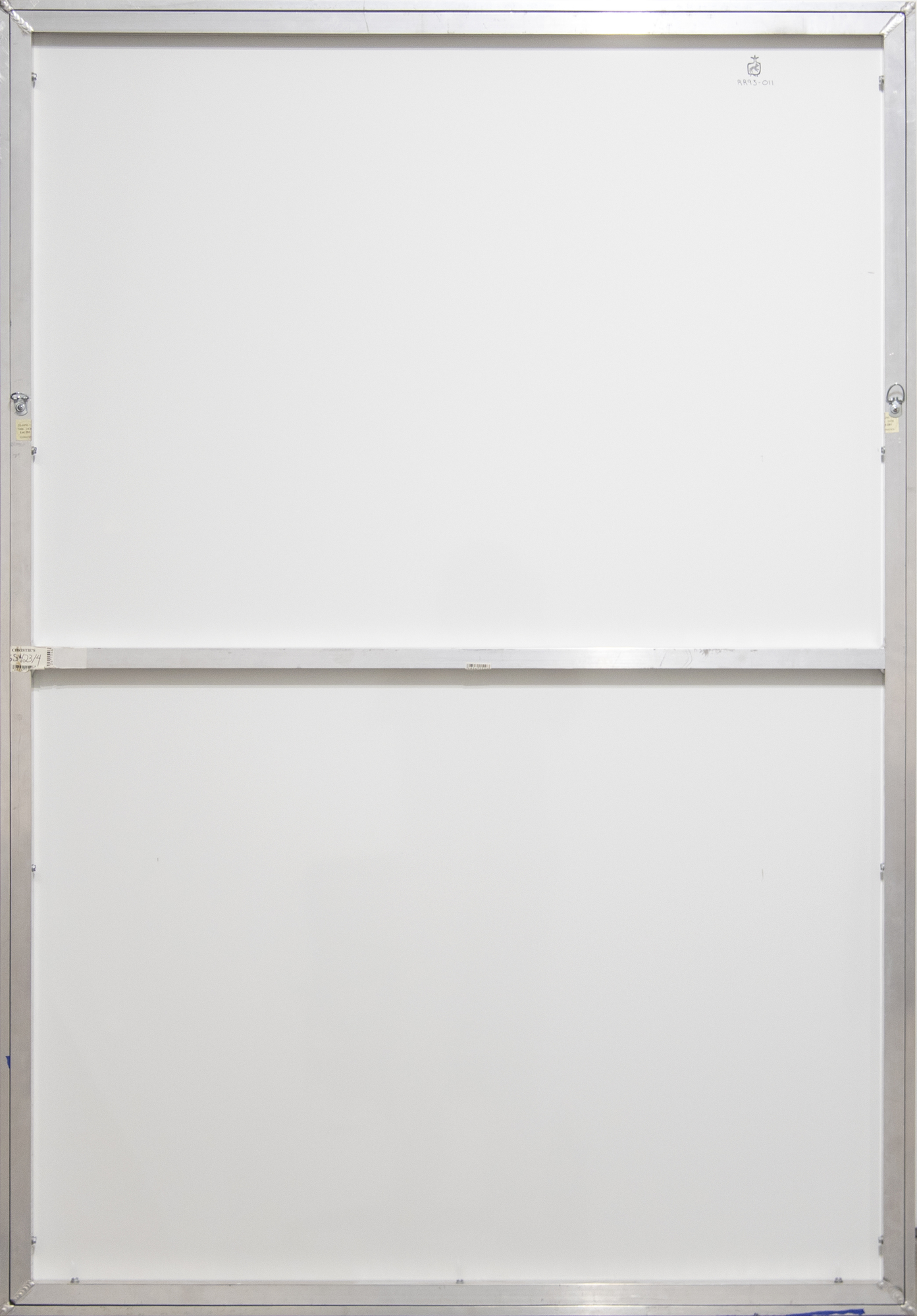רוברט ראושנברג(1925-2008)







מקור ומקור
אמנות מודרנית & עיצוב מכירה פומבית, לוס אנג'לס מכירות פומביות מודרניות, מאי 19, 2013, לוט 392אוסף פרטי, ארצות הברית
יצירה זו, המבוצעת במהדורה קטנה של 17 דוגמאות בלבד, משלבת הדפסה, מדיום שאליו הוא חזר לעתים קרובות כדי לחקור מצבים חדשים לתמונות שכבות. ראושנברג עבד על מהדורות מאז תחילת שנות ה-60, כשהיה מתקן בחנויות ההדפסים ULAE ו-Gemini G.E.L. עבודות הדפוס והמהדורה של ראושנברג היו הרחבה של המעשה היצירתי עבור האמן; הוא יכול להשיג אפקטים פיסוליים ותלת-ממדיים באמצעות המהדורות שלו.


